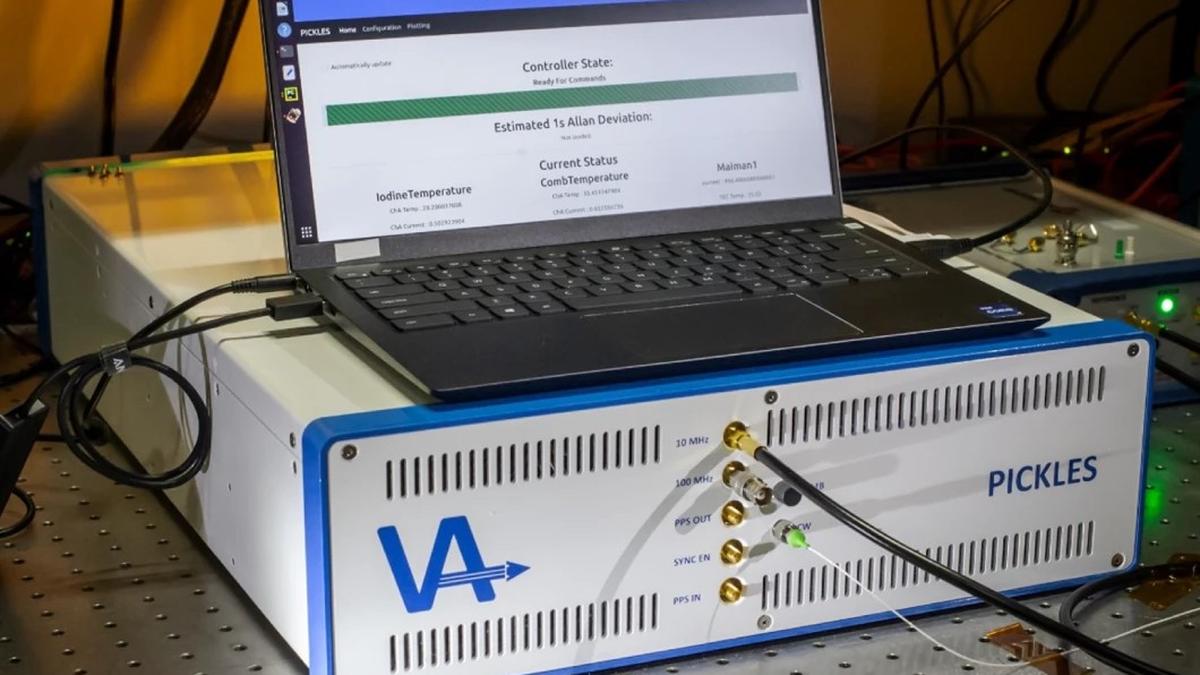
New portable atomic clock offers very accurate timekeeping at sea Premium
The Hindu
The new iodine clock isn’t as accurate as an optical atomic clock in the laboratory, trading it off for mobility and robustness. But it is still accurate enough to lose or gain a second only every 9.1 million years.
Atomic clocks are the backbone of the Global Positioning System (GPS), the network of satellites above the earth that we use every day to navigate cities, respond to emergencies, and organise military operations, among other things.
Despite being one of the most accurate timekeeping methods, however, there is still room for improvement. Scientists today are pushing the boundaries with a new technology called optical atomic clocks.
But for being such sophisticated instruments, both these clocks are also bulky, power-hungry, fragile, and expensive (see image below). As a result, their installation and operations are often restricted to big research facilities.
A study recently published in the journal Nature introduced a kind of portable optical atomic clock that can be used onboard ships. While these devices traded some accuracy for size and robustness, they were still more accurate than other vessel-borne timekeeping options.
According to the researchers, this is the most performant optical clock based at sea and represents a significant advancement in optical timekeeping.
Atomic clocks work by keeping time using atoms. One popular design uses atoms of an isotope of caesium, Cs-133. The International Committee for Weights and Measures first used it in 1967 to define the duration of one second. India also uses a Cs-133 atomic clock to define the second for timekeeping within its borders.
Cs-133 is a highly stable atom and is found naturally, which is why it is so commonly used in atomic clocks.











